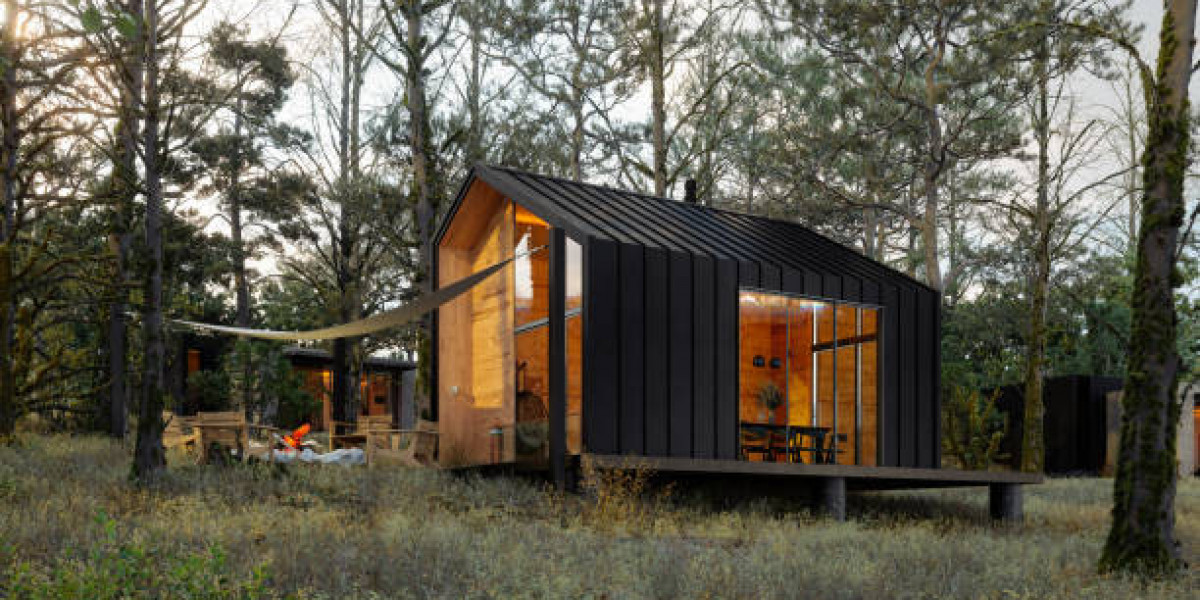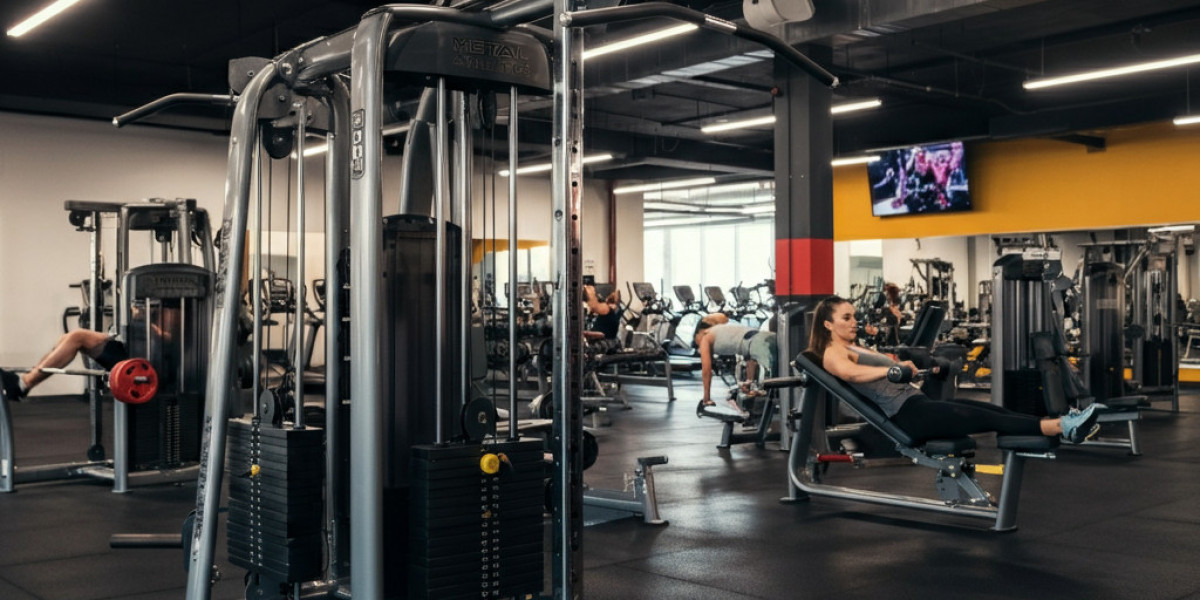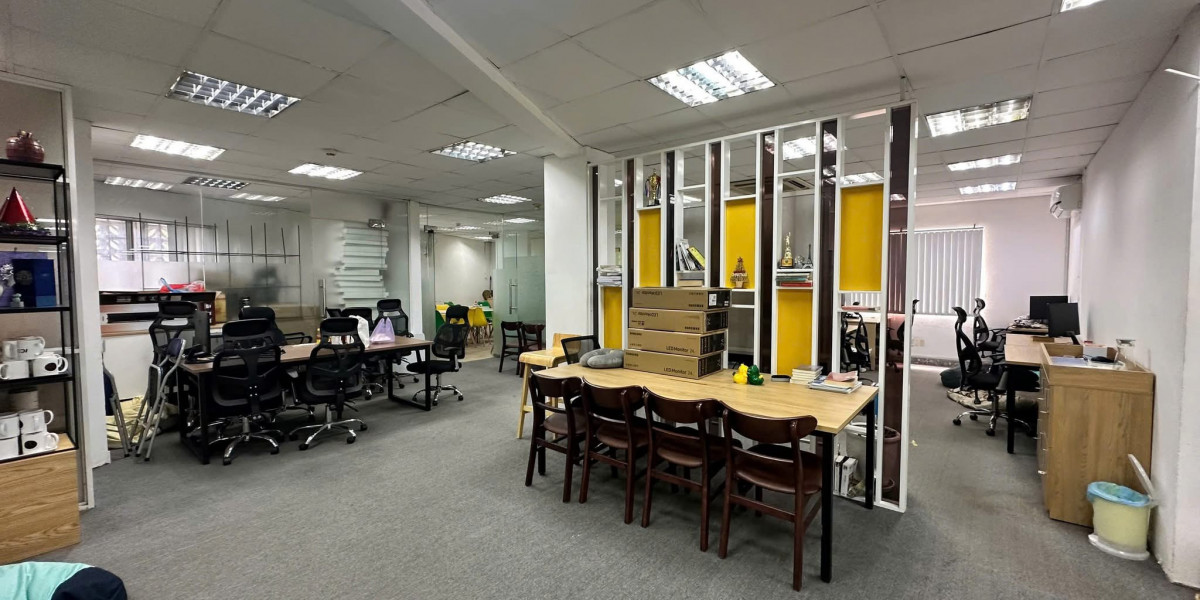Tiny houses have become a significant trend in Australia, offering an innovative solution to housing challenges while promoting a minimalist and sustainable lifestyle. These compact homes are not only affordable but also environmentally friendly, making them an attractive option for many Australians. In this blog, we will explore the world of tiny houses in Australia, covering their benefits, challenges, and practical aspects, providing a detailed guide for anyone considering this unique way of living.
Introduction to Tiny Houses in Australia
Tiny houses are small, often mobile homes that typically range from 10 to 40 square meters. In Australia, the tiny house movement has gained momentum as people seek alternatives to traditional housing due to rising property prices, environmental concerns, and a desire for a simpler life. These homes can be built on trailers, foundations, or even as modular units, providing flexibility in terms of location and design.
The appeal of tiny houses lies in their ability to offer a sense of freedom—freedom from large mortgages, excessive possessions, and high utility bills. For many, it’s about living more intentionally and sustainably. In Australia, where the cost of living and housing affordability are pressing issues, tiny houses present a viable solution for first-time homeowners, retirees, and those looking to downsize. Whether parked in a rural backyard or a coastal retreat, tiny houses are redefining how Australians think about homeownership.
Benefits of Tiny House Living
Tiny house living offers numerous advantages, particularly tailored to the Australian context:
Affordability: Tiny houses are significantly cheaper to build and maintain than traditional homes. With property prices soaring in cities like Sydney and Melbourne, tiny houses provide an accessible entry point into homeownership, often costing between $50,000 and $150,000 depending on specifications.
Sustainability: These homes have a smaller environmental footprint. They require fewer building materials, consume less energy, and often incorporate eco-friendly features like solar panels, composting toilets, and rainwater harvesting systems—ideal for Australia’s push towards greener living.
Mobility: Many tiny houses are built on trailers, allowing owners to relocate easily. This is particularly appealing in Australia, with its vast landscapes and diverse climates, from the tropical north to the temperate south.
Minimalism: Living in a tiny house encourages a minimalist lifestyle, reducing clutter and focusing on what truly matters. This can lead to improved mental well-being and a greater sense of contentment, resonating with those seeking a less materialistic life.
These benefits make tiny houses an appealing choice for a wide range of Australians, from young adventurers to retirees looking to simplify their lives.
Challenges and Considerations
While tiny house living has its perks, it also comes with challenges that potential owners should carefully consider:
Legal Regulations: Tiny houses must comply with local zoning laws and building codes, which vary across Australia’s states and councils. For example, some areas classify tiny houses on wheels as caravans, while others require them to meet residential building standards.
Space Limitations: The compact size of tiny houses requires careful planning and organization. Storage solutions, like built-in cabinets and multi-functional furniture, are essential to maximize space, and not everyone adapts easily to such confined living.
Utilities and Services: Access to water, electricity, and sewage can be tricky, especially for mobile tiny houses. Owners need to plan for off-grid solutions—like solar power and water tanks—or ensure their location has the necessary hookups.
Resale Value: The resale market for tiny houses is still developing in Australia, which may affect their long-term investment value compared to traditional properties.
Despite these hurdles, many Australians find that with proper planning and research, the rewards of tiny house living far outweigh the challenges.
Practical Aspects: Design, Construction, and Customization
Designing and building a tiny house involves several key considerations to ensure it meets both practical and personal needs:
Design: Tiny house designs must prioritize functionality and efficiency. Popular options in Australia include single-level homes for easy access and loft-style homes to maximize vertical space. Open layouts and large windows are often used to create a sense of spaciousness.
Construction: Quality materials and skilled craftsmanship are crucial for durability, especially given Australia’s harsh climate—think scorching summers and wet winters. Steel frames are a popular choice due to their strength, lightweight properties, and resistance to termites, making them ideal for mobile tiny houses.
Customization: Many tiny house builders offer bespoke options, allowing owners to tailor their homes to their lifestyle. This can include everything from interior layouts to eco-friendly features like composting toilets, solar power systems, or even outdoor decks for enjoying Australia’s natural beauty.
When it comes to high-quality, custom-built tiny houses in Australia, Tiny homes by Konpak stand out for their innovative designs and commitment to sustainability. Based in Northern NSW, Konpak specializes in creating tiny homes that are not only functional but also adaptable to the changing needs of their owners, blending practicality with comfort in a compact package.
Conclusion
Tiny houses offer a unique and appealing housing solution in Australia, combining affordability, sustainability, and flexibility. They cater to a growing desire for simpler, more intentional living while addressing practical concerns like housing costs and environmental impact. Though challenges like legal regulations and space constraints exist, the growing popularity of tiny houses reflects a shift towards innovative and conscious lifestyles. For those ready to take the plunge, tiny houses provide an opportunity to live big in a small space, perfectly suited to Australia’s diverse landscapes and modern needs.
FAQs
Here are answers to some common questions about tiny houses in Australia:
Are tiny houses legal in Australia?
Yes, but they must comply with local zoning laws and building codes. Regulations differ by state and council, so it’s essential to consult local authorities before proceeding.How much does a tiny house cost in Australia?
Prices typically range from $50,000 to $150,000, depending on factors like size, materials, and customization. Basic models may be cheaper, while fully customized homes can cost more.Can I live in a tiny house on my own property?
Yes, if it meets local regulations. Some councils allow tiny houses as secondary dwellings (e.g., granny flats), but you’ll need approval.What are the benefits of choosing a steel frame for a tiny house?
Steel frames are strong, lightweight, and termite-proof, offering durability and ease of transport—perfect for Australia’s mobile tiny house enthusiasts.How can I finance a tiny house?
Financing options vary. Some buyers use personal savings, while others secure loans through banks or specialized lenders. Certain builders may also offer payment plans.










